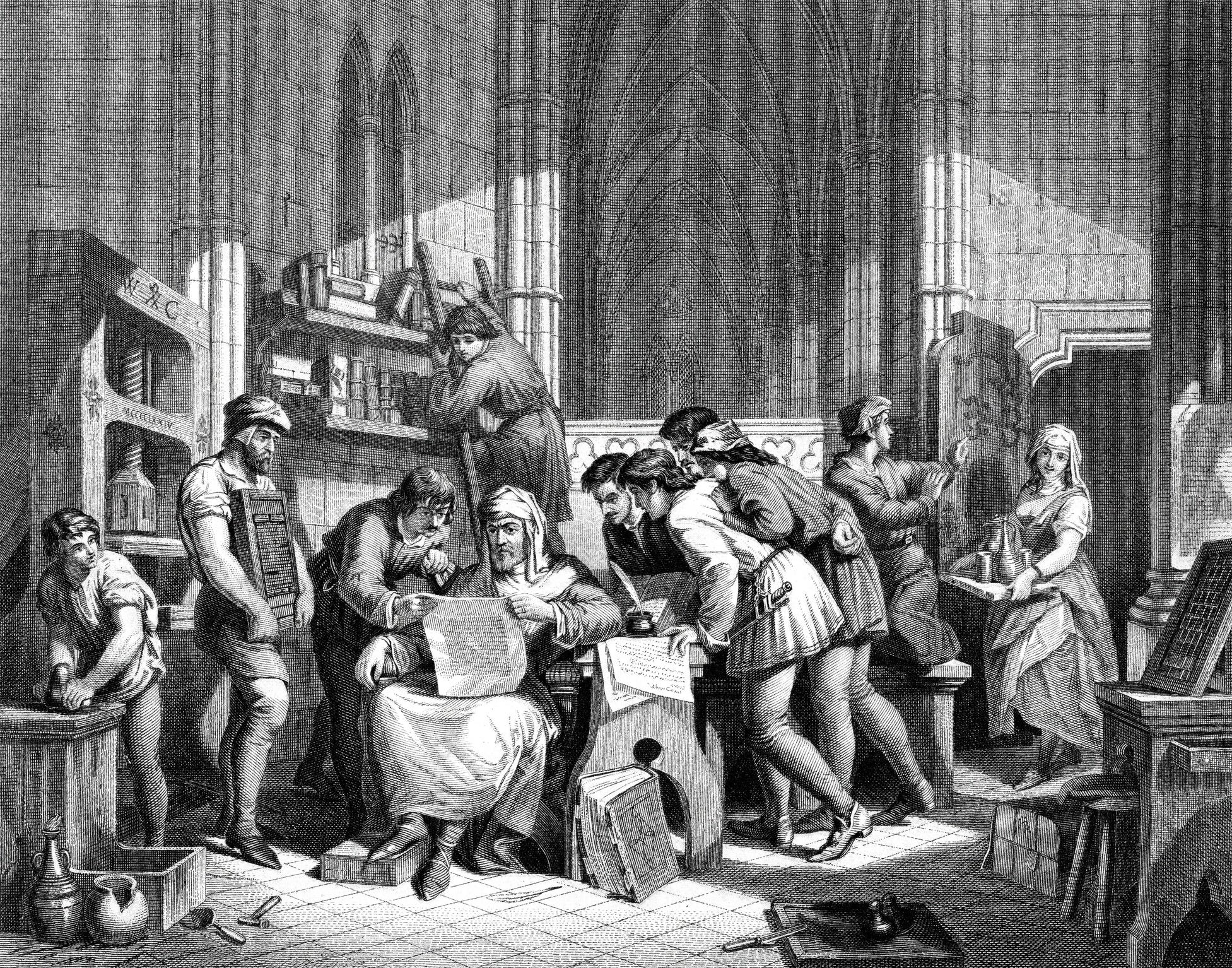Yesterday, New York Magazine, a biweekly periodical produced in the state of New York, released its “Power Issue,” featuring insidery talk about the state of the media business from “57 of the most powerful people in media”—including, most importantly, me. The black-and-white photos printed with the spread are dark and striking, making all the subjects—plain in appearance, unalluring in visage—look like characters from a moody Martin Scorcese movie. While I was sitting for the shoot, the photographer—who had been flown in from the Netherlands for the assignment—asked me questions to get me talking while he snapped away. At one point, he asked: “So, how does it feel to be one of the most powerful people in media?” My instinctive response was: “It’s a delusion. It means absolutely nothing.” There are few things that the media industry likes to talk about more than itself. The pity is that it is an increasingly small and irrelevant bubble, and so there are fewer and fewer people around to listen. The Group of 57 (as no one is calling us) is mostly made up of executives, anchors, and editors (and, to be fair, a smattering of Substack publishers), and the idea that we are powerful is a bit sad. While I remain a believer in traditional media, very few of those featured are relevant in today’s culture and in what the media landscape has become. Even the reporter who wrote the piece implicitly acknowledged this as she yawned her way through our interview. “You are so bored!” I yelled, in the most gentlemanly way possible, while trying to come up with spicy quotes like: “Anything that looks or smells like The New Republic is going to die.” The real power in media today lies with the writers and creators who have a direct line to their audiences. They are the ones who shape minds and shift culture, not the mahogany-desked bosses at CNN, the worn-sole executive editors of Hearst, or the TV anchors who serve as white noise for septuagenarians to fall asleep to after their 8 p.m. brandy. With few exceptions, the media power brokers of yesterday now oversee a series of properties with dwindling reach and a limited ability to convince anyone of anything, while the stars of new media attract larger audiences and harbor more diverse perspectives. The difference between most of the Group of 57 and independent creators—the Substackers, YouTubers, TikTokkers, and podcasters of the world—is that people actually care to listen to the latter, and their businesses are growing alongside their influence. And thank god. We sorely need alternatives to centralized power in the media. The world’s most important writers and creators deserve autonomy from the Borg and independence from Official Opinion and ad-based aggregators of all sorts, whether it’s NBC and the Wall Street Journal or Facebook and X. It’s the creators’ economy now, and the momentum in this shift will only accelerate as more creators realize the power of owning their communities and of being paid not by advertisers but by subscribers whose trust they have earned. The best part of New York Magazine’s spread was a small section titled “Some Newsletters People Fork Out For…,” which was a list of Substack writers and publications that the media luminaries pay for. To my mind, it’s a much better power list. I encourage you to check them out: |
Search thousands of free JavaScript snippets that you can quickly copy and paste into your web pages. Get free JavaScript tutorials, references, code, menus, calendars, popup windows, games, and much more.
I am (not) one of the 57 most powerful people in media
Subscribe to:
Post Comments (Atom)
When Bad People Make Good Art
I offer six guidelines on cancel culture ͏ ͏ ͏ ͏ ͏ ͏ ͏ ͏ ͏ ͏ ͏ ͏ ͏ ͏ ͏...
-
code.gs // 1. Enter sheet name where data is to be written below var SHEET_NAME = "Sheet1" ; // 2. Run > setup // // 3....

No comments:
Post a Comment